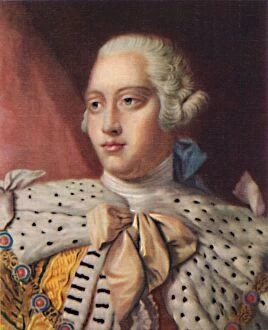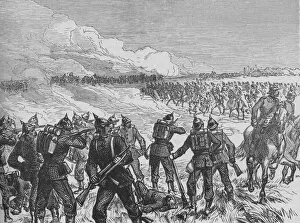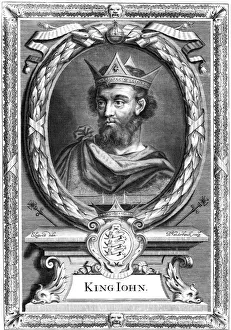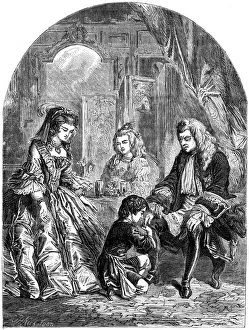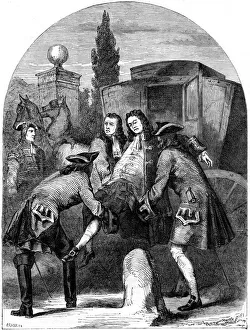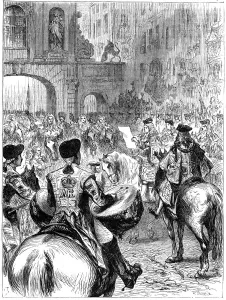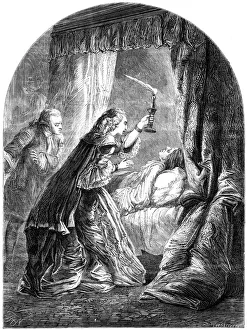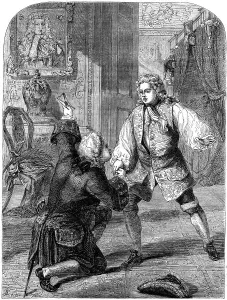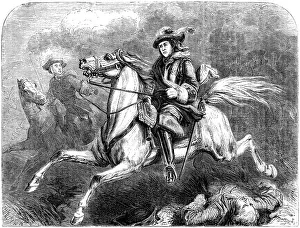Hanoverian Collection (page 9)
"Hanoverian: A Captivating Journey through History and Satire" Step into the world art and satire, where historical events intertwine with witty commentary
All Professionally Made to Order for Quick Shipping
"Hanoverian: A Captivating Journey through History and Satire" Step into the world art and satire, where historical events intertwine with witty commentary. Delve into the realm of political cartoons published by Hannah Humphrey in the early 19th century, as we explore a collection that captures both the essence of British society and its royal lineage. In "The King of Brobdingnag and Gulliver" (1803), witness an imaginative portrayal of size disparities between two iconic characters from Jonathan Swift's novel. This hand-colored engraving transports us to a whimsical world where giants reign supreme. "Integrity retiring from Office. " (1801) offers a thought-provoking glimpse into political life. As power shifts hands, this satirical piece reflects on the concept of integrity leaving public service, leaving audiences pondering its implications. With "Bank Notes - Paper Money - French Alarmists - ah. Poor John Bull, " we find ourselves immersed in financial turmoil. Published during uncertain times, this artwork highlights societal concerns surrounding currency fluctuations and their impact on everyday citizens. The grandeur of Westminster Abbey comes alive in "Queen consorts crowned in Westminster Abbey" (1937). This regal depiction showcases the coronation ceremony, honoring royal women who played significant roles alongside their kings throughout history. John Bull takes center stage in "John Bull Ground Down" (1795), revealing his struggles amidst social unrest. Through Hannah Humphrey's hand-colored etching, we witness John Bull's resilience against adversity—a timeless symbol representing ordinary people facing extraordinary challenges. In "Playing in Parts, " etched by James Gillray and published by Hannah Humphrey, theatrical intrigue unfolds before our eyes. The Green Room becomes our backstage pass to witness dilettantes' performances—offering laughter while shedding light on societal norms within entertainment circles. Royalty takes precedence once again with "Her Royal Highness, Princess Royal and her four sisters.




